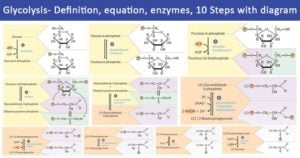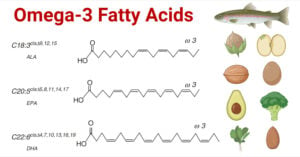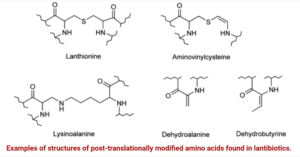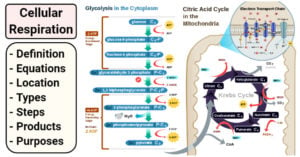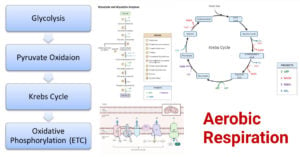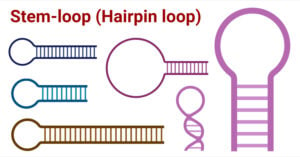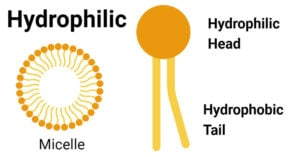Glycolysis Unveiled: 10 Steps, Enzymes & Diagram
Glycolysis is the central pathway for glucose catabolism in which glucose (6-carbon compound) is converted into pyruvate (3-carbon compound) through a sequence of 10 steps. Image Source: Lehninger Principles of … Read more

